Description
ABSTRACT
This study focused on the Effect of Simulation and Demonstration teaching methods on Junior Secondary School Students Performance in Business Studies. Five research questions were posed and three hypotheses formulated and tested at 0.05 level of significance. The study was quasiexperimental design. The population for the study consisted of all Junior Secondary School JSSII students offering business studies in the 15 government owned secondary schools selected in Isoko North Local Government Area. Purposive sampling technique was used to select two 2 intact classes amounting to 93 students, comprising 51 male and 42 females. The school were grouped into simulation and demonstration groups. A test was administered to the two groups which served as a pretest. A demonstration teaching method was used for the demonstration group while students in the simulation group were exposed to the simulation method of teaching. A teacher made test was later administered to the groups which served as a post test. Data collected were organized in tables and analyzed using mean and standard deviation. ANCOVA was used to test the hypotheses. The finding of the study shows that simulation method has significant effect on students performance in learning business studies. There was significant difference in students mean achievement score after using simulation in teaching business studies. The simulation group perform significantly better than the demonstration group. Female students perform better than their male counterparts showing a significant difference in their performance in business studies. The mean performance scores of students before and after simulation differed significantly showing that students performed better after they have been exposed to simulation method. One of the recommendations made based on the findings is that, business teacher should be encouraged to adopt the use of simulation as an alternative to demonstration teaching method in teaching business studies. Implications were drawn and areas of further research were highlighted.
TABLE OF CONTENTS
Title Page i
Approval page ii
Certification iii
Dedication iv
Acknowledgement v
Abstract vi
Table of Contents vii
CHAPTER ONE: INTRODUCTION 1
Background of the Study 1
Statement of the Problem 5
Purpose of the Study 6
Significance of the Study 7
Scope of the Study 8
Research Questions 9
Hypotheses 10
CHAPTER TWO: REVIEW OF RELATED LITERATURE 11
Conceptual Framework 12
Instructional Methodologies 12
Simulation Method 15
Demonstration Method 22
Gender as a Factor in Academic Performance 27
Theoretical Framework 30
Pavlovs Classical Conditioning Theory 31
Importance of Pavlovs Theory to Effective teaching
of Business Studies 31
Thorndike Theory of Learning Effect 33
Implication of Thorndikes Theory of Trial and
Error to Effective Teaching of Business Studies 34
Skinners Theory of Operant Conditioning 36
Importance of Skinners Theory to Effective
Teaching of Business Studies 37
Theory of Achievement/Performance 37
Theoretical Study 39
Junior Secondary in Nigeria 39
Introduction of Business Studies in JSS Curriculum in Nigeria 41
Review of Related Empirical Studies 45
Summary of Review of Related Literature 46
CHAPTER THREE: METHOD 48
Research Design 48
Area of the Study 49
Population of the Study 50
Sample and Sampling Technique 50
Assignment of Classes to Group 51
Instrument for Data Collection 52
Development of JSBSPT 53
Development of STMAQ 53
Validation of Instruments 54
Reliability of the STMAQ 55
Pilot Study 56
Training Programme for Teachers 56
Experimental Procedures 59
Control of Extraneous Variables 60
Method of Data Collection 62
Method of Data Analysis 62
Decision Rule 63
CHAPTER FOUR: PRESENTATION AND ANALYSIS OF DATA 64
Research Question 1 64
Research Question 2 65
Research Question 3 66
Research Question 4 67
Research Question 5 69
Hypotheses Testing 70
Hypothesis 1 70
Hypothesis 2 71
Hypothesis 3 72
Summary of the Findings 73
CHAPTER FIVE: DISCUSSION, CONCLUSION AND
RECOMMENDATION 75
Discussion of Major Findings 75
Conclusion 79
Implication of the Findings 79
Recommendation 80
Limitation of the Study 81
Suggestions for Further Research 82
REFERENCES 83
APPENDICES
Appendix 1. Distribution of Junior Secondary Schools offering Business Studies in Isoko North LGA 88
Appendix 2. Lesson Plan for the Demonstration Group 89
Appendix 3. Lesson Plan for the Simulation Group 117
Appendix 4. Teaching Guide for Teacher Using the Simulation Teaching Method 136
Appendix 5. Junior School Business Studies Performance Test 137
Appendix 6. Introduction Letter 146
Appendix 7. Appreciation of Simulation Teaching Method by Students 143
Appendix 8. Computation of STMAQ Reliability 145
Appendix 9. Statistical Analysis 146

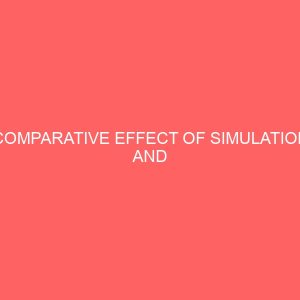


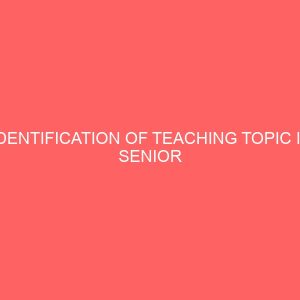
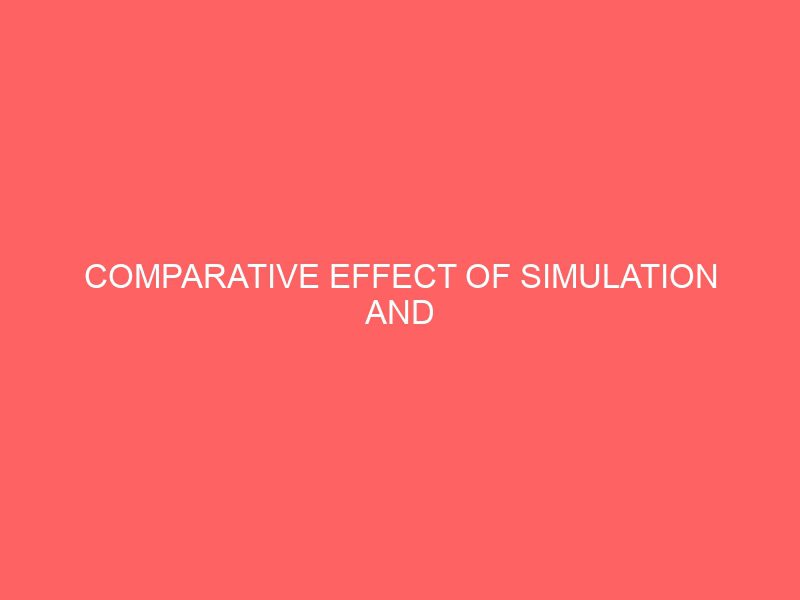
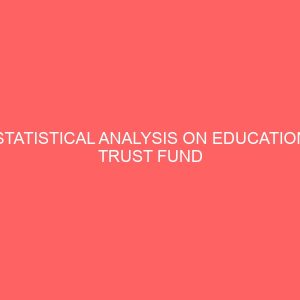
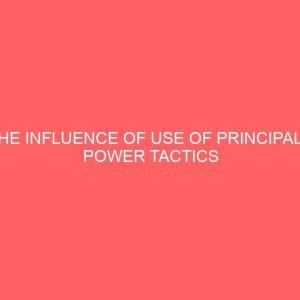
Reviews
There are no reviews yet.